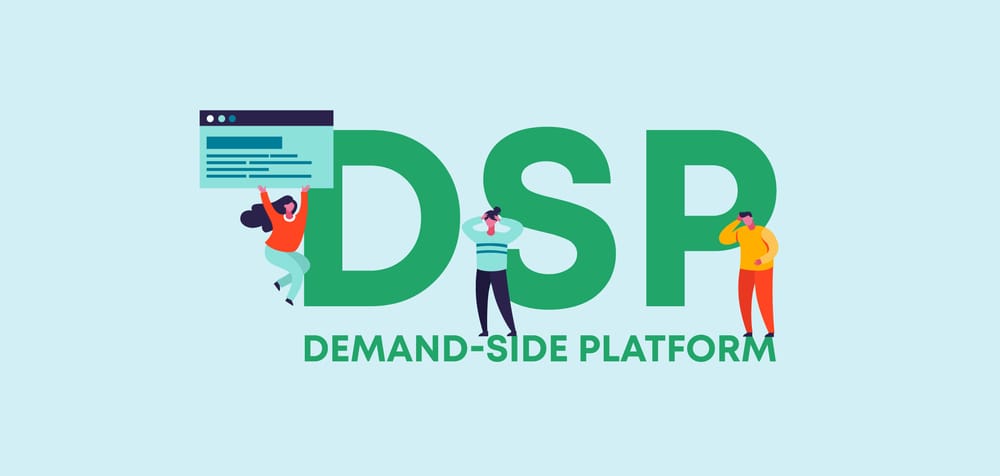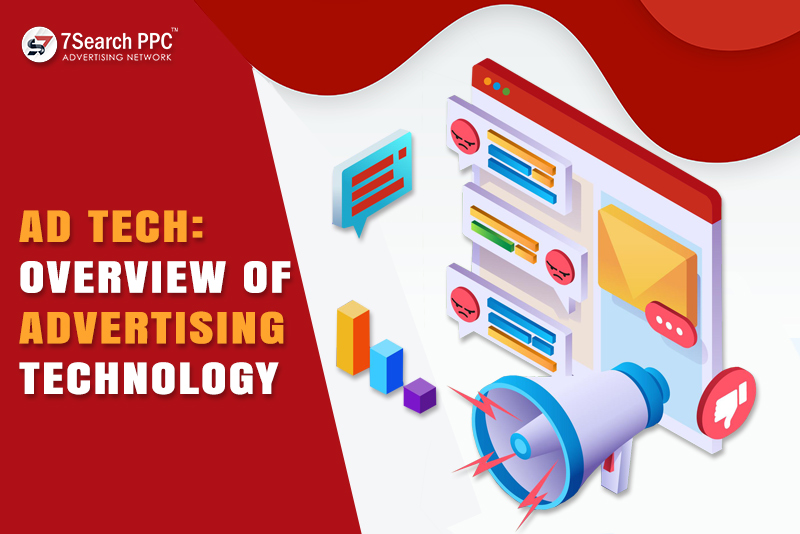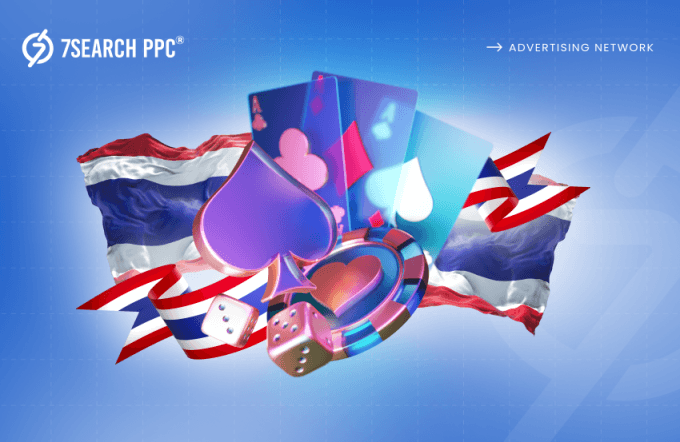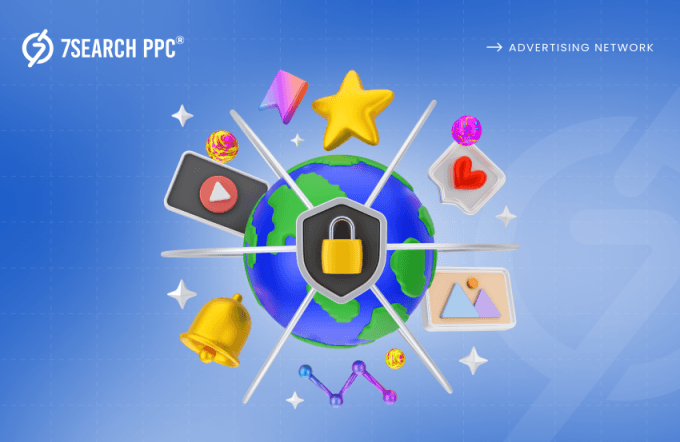Do you ever get the feeling that ads for products you searched for online are following you around? Or have you noticed that after buying something online, ads for similar products suddenly appear on your social media? Friends, this is not magic but rather the result of Ad Tech— a technology that allows targeted ads to track you across the internet.
It is a useful tool for businesses to connect with target audiences and for websites to earn money. It works for both advertisers and publishers and simplifies the journey of advertising and monetization for them. Are you interested in acquiring a deeper understanding of the world of advertising technology?
You can peruse our latest blog to uncover the mysteries behind targeted ads and learn about the functions of ad tech tools. Let’s explore this further!
Ad Tech: Friend or Foe?
If you are an advertiser or publisher having doubts regarding the working of ad tech, then we want to make it clear that this set of tools and software is not your enemy. They are your real companion who will help you maximize the effectiveness of your advertising and monetization efforts in the digital landscape.
Let’s understand what ad tech is. It refers to the broad category of software and tools used in the digital advertising industry.
Its main purpose is to make the process of buying and selling ads more efficient by automating it. It provides valuable insights into consumer behavior quickly, which enables advertisers to create targeted campaigns. For publishers, it optimizes ad placement and maximizes revenue by matching ads with relevant content.
The Pros Of Ad Tech In The Digital Landscape
Advertising technology provides numerous benefits for advertisers and publishers, making digital advertising campaigns more effective and efficient. Here are some key advantages for both parties:
Benefits For Advertisers:
Targeted Advertising- These tools utilize data to target specific audiences with personalized advertisements.
Enhanced Reach- You can expand your brand reach to a broader audience through various platforms and devices by utilizing a programmatic advertising approach.
Campaign Refinement- You can track and analyze the performance of your campaigns in real time. It can help you to make adjustments and optimize your budget accordingly.
Saves Valuable Time- Automating tasks such as ad purchases, placement, and reporting can save a lot of time and resources for advertisers.
Measurable Results- Advertisers can gain KPIs of their campaigns by analyzing detailed performance metrics.
Benefits For Publishers:
Monetization Opportunities- You can explore different types of advertising formats and networks to optimize the revenue generated from your ad space.
Maximized Ad Fill Rates- Publishers can sell their ad space more efficiently through automated auctions and exchanges.
Reduces Manual Workload- Ad tech tools help publishers by reducing the workload of the management of the ad inventory, billing, and reporting from their shoulders.
Direct Ad Deals- These tools and software help publishers to make a streamlined and efficient connection with advertisers. It facilitates direct and mutually beneficial partnerships.
Header Bidding- Advertising technology in header bidding helps publishers maximize ad revenue by auctioning ad space to multiple bidders simultaneously.
AdTech Versus MarTech: Two Different Sides Of The Coin
“AdTech” and “MarTech” are two different concepts that create confusion among digital marketers. It is essential for you to understand the difference between them. Firstly, we should understand the impacting nature of Adtech.
It refers to the use of paid media to target new customers who are unaware of the name of the brand. On the other hand, MarTech relies on unpaid media to reach out to customers who are already aware of the brand name. Here is a breakdown that can help you understand the difference-
Advertising Technology:
Objective- Ad tech is mainly concerned with the delivery and optimization of advertisements using various automated processes.
Key Functions- The key functions of advertising technology are ad serving, ad targeting, programmatic advertising, etc.
Marketing Technology:
Objective- MarTech covers a wide range of technologies that support marketing activities.
Key Functions- The key functions of marketing technology are customer relationship management (CRM), content management systems (CMS), email marketing, etc.
Inside The Ad Tech Ecosystem
The ad tech ecosystem is complex and involves multiple players, each serving a specific role in the advertising value chain. Here are some key components of the ad tech ecosystem:
Agency Trading Desk (ATD)
An agency trading desk (ATD) is a department of an advertising agency that takes care of media planning and buying for clients. However, brands have the option to manage these aspects independently using a Demand-side platform (DSP).
ATDs provide professional advice and the buying power of an agency. ATDs offers the following services for their clients-
- Software Development
- Account Management
- Data Analytics
The primary benefit of utilizing an agency trading desk (ATD) is the ability to purchase media at a minimum cost in comparison to managing campaigns in-house.
Demand-Side Platform (DSP)
A DSP is a platform that helps advertisers in the digital world to promote their products efficiently. It works like a smart assistant that snatches a load from you. Instead of manually placing ads on each website or app, a DSP buys advertising space across appropriate websites or apps.

The DSP uses data and algorithms to target specific audiences who are likely interested in your products. It is like having a personal assistant that finds the best places to advertise and ensures that your ads are shown to the right people. This makes your online advertising experience much smoother and more effective.
Supply-Side Platform (SSP)
A Supply-Side Platform is a virtual marketplace for publishers on the digital landscape. If you have a website and want to make money by displaying ads on it, the SSP is the tool that you can use to manage and sell the advertising space. It helps you connect with advertisers who use a demand-side platform to purchase the ad space.
The SSP and DSP work in collaboration to ensure that the right ads are displayed to the appropriate audience. In simple words, the SSP is a platform that assists website owners in selling ad space, making it easier for them to connect with advertisers and generate revenue from their online content.
Ad Network
An ad network plays a vital role in the world of online advertising. Suppose you have a product to sell, like a new trendy collection of hoodies. In that case, you would want to display ads for your hoody on various websites or pages so that prospective customers can see them and also show interest in your offerings.
Instead of reaching out to each website individually, you can use an ad network to achieve your advertising objectives.
It acts as a bridge that connects advertisers with publishers who want to show ads in their ad space. The ad network helps match the ad with the relevant websites, making it easier for advertisers to reach their target audiences while publishers can earn money by displaying ads.
Ad Exchange
It is like a digital marketplace that connects DSP and SSP for programmatic advertising in an unbiased and transparent environment. Advertisers bid for ad space on different websites through these platforms, and the highest bidder wins the auction using a process called real-time bidding (RTB).
Their ad is then displayed on the publisher’s website, often within milliseconds. Ad exchange can help match the right ad to the right website based on various targeting criteria like demographics, interests, and online behavior.
Ad Server
An ad server is a technology-based system that serves as a centralized platform for managing advertisements. It helps advertisers to show their ads on a publisher’s website or app in a smooth and efficient manner. It works as a coordinator that manages the display of ads on various websites.
When a user accesses a webpage, the ad server quickly analyzes the user’s interests, location, and browsing history to decide which ads are relevant to display. It then delivers those ads to the webpage, ensuring they appear where they are intended to be, and tracks how often they are viewed or clicked.
Data Management Platform (DMP)
A DMP is a centralized hub that helps businesses organize and analyze large volumes of data. Consider that you have a plethora of information about a customer, such as their interests, the products they buy, and the websites they visit. It allows businesses to gather, store, and analyze all this data in one place.
It is like a well-organized file cabinet where you can keep trace of your customer details. The platform not only stores the data but also helps businesses understand patterns and trends.
Top Challenges Facing Ad Tech Today
The ad tech industry presents exciting opportunities but also significant challenges that are constantly evolving. Here are some of them:
Ad Fraud- Ad fraud is a persistent challenge in the field of advertising technology. It refers to the practice of charging advertisers for ad placements that are unlikely to be seen by a real audience. This often happens when bots generate fake clicks or impressions. It leads to the wastage of ad budget and undermines the integrity of digital advertising.
Ad Blocking- The increasing use of ad-blocking software is a major challenge for ad tech as it hampers their ability to reach out to their target audiences. Nowadays, more and more users are resorting to ad blockers to improve their browsing experience. This, in turn, is impacting the revenue streams of both publishers and advertisers.
Data Protection- Another challenge of ad tech that we want to discuss with you is data protection. Balancing personalized advertising and user privacy is crucial; ethically, obtaining and managing consent for data collection and usage poses a significant challenge.
Measurement Limitations- It is still a challenge for ad tech to measure the effectiveness of advertising campaigns and attribute conversions accurately across different touchpoints. People interact with brands through various devices and channels. Ad tech companies need to create advanced attribution models to offer advertisers valuable insights.
Conclusion
Having a good understanding of the complexities of ad tech is crucial for effectively navigating the landscape of digital advertising. By utilizing the potential of targeted advertising and optimizing revenue streams, businesses can flourish in the constantly changing online world.
Now that you have gained knowledge of ad tech, it is time to take a step toward your journey of maximizing online visibility and enhancing marketing strategies for sustainable business growth.
Frequently Asked Questions (FAQs)
Could you please explain how advertising technology works?
Ans. Advertising technology works by collecting and analyzing data about the audience’s online behavior, demographics, and interests to show them relevant ads through various digital channels.
What are some benefits of advertising technology for advertisers?
Ans. The benefits of advertising technology for advertisers are as follows-
- Precise Targeting
- Real-Time Bidding
- Data Analytics
How is ad tech evolving?
Ans. Ad tech is constantly evolving. There are several key trends that highlight this progression:
- Artificial Intelligence
- Machine Learning
- Blockchain
What is contextual advertising in ad tech?
Ans. Contextual advertising refers to featuring ads on websites or apps based on the content of the page rather than targeting particular users based on demographics or behaviors.


















